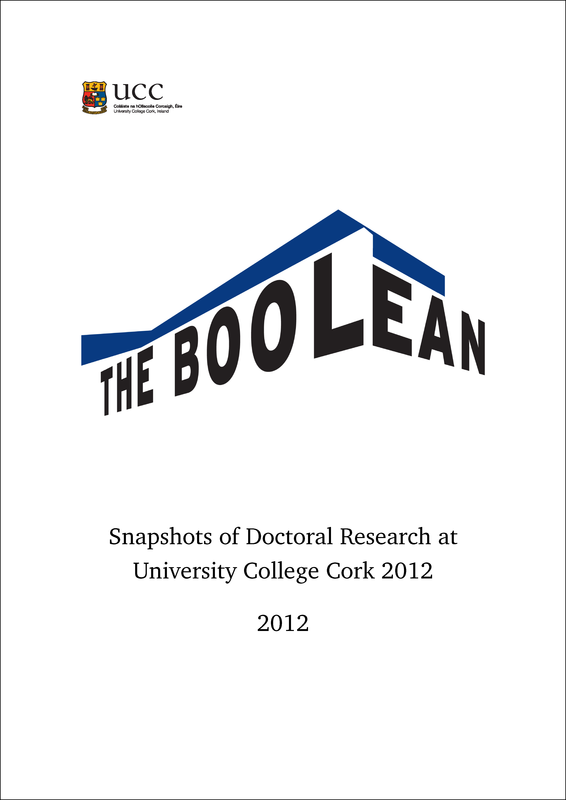The other 1%: designing and testing new platinum anti-cancer drugs
DOI:
https://doi.org/10.33178/boolean.2012.18Abstract
Designing new drugs with different molecular structures is one of the keys to treating the various types of cancer that kill over 8,000 people in Ireland, and 8 million people worldwide annually. Of the 16,000 cases reported in Ireland each year, only half of these survive, with lung and prostate cancer being the main causes of death through cancer on this island. The precious metal platinum is used in a wide range of industries annually such as catalytic converters in cars, jewellery and some electronics. As well as these, approximately 1% of all the platinum produced each year is used for anti-cancer research. In 1844 the Italian chemist Michele Peyrone reported the discovery of a chemical substance which would later become known as Peyrone’s Salt. The molecular structure of the salt was then determined by another chemist, Alfred Werner, in 1893, as part of his 1913 Nobel-Prize-winning work. However, it ...Published
2012-01-01
Issue
Section
Articles
License
Copyright (c) 2012 the author(s)

This work is licensed under a Creative Commons Attribution-NonCommercial-NoDerivatives 4.0 International License.



